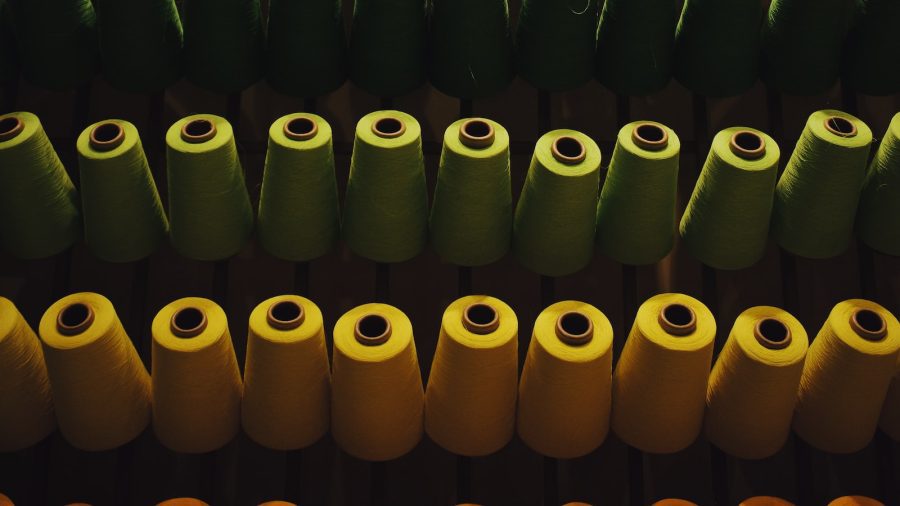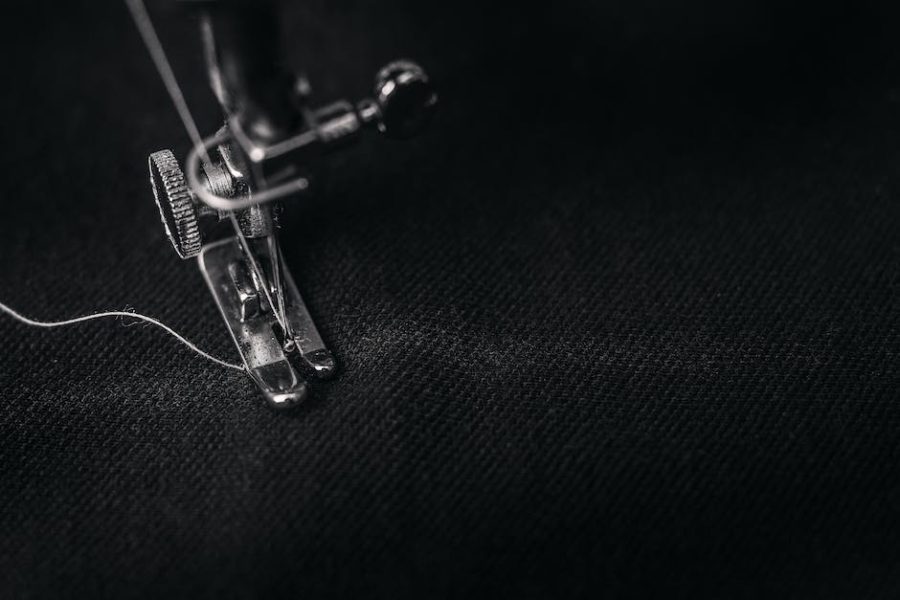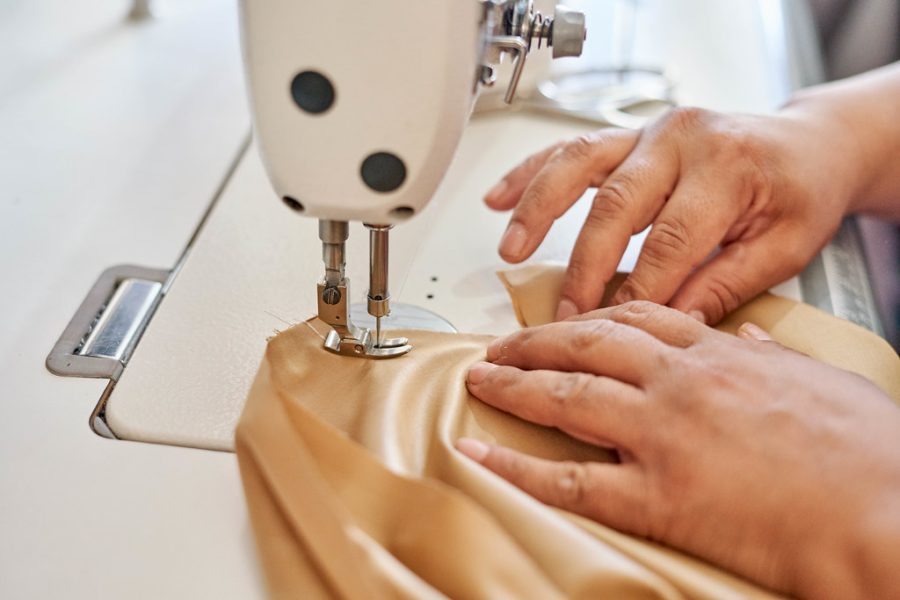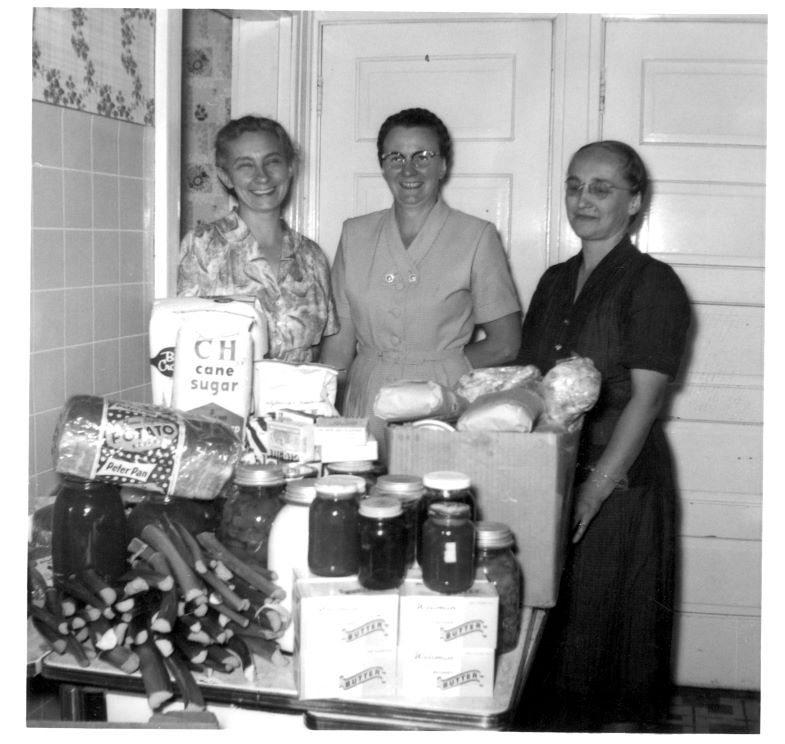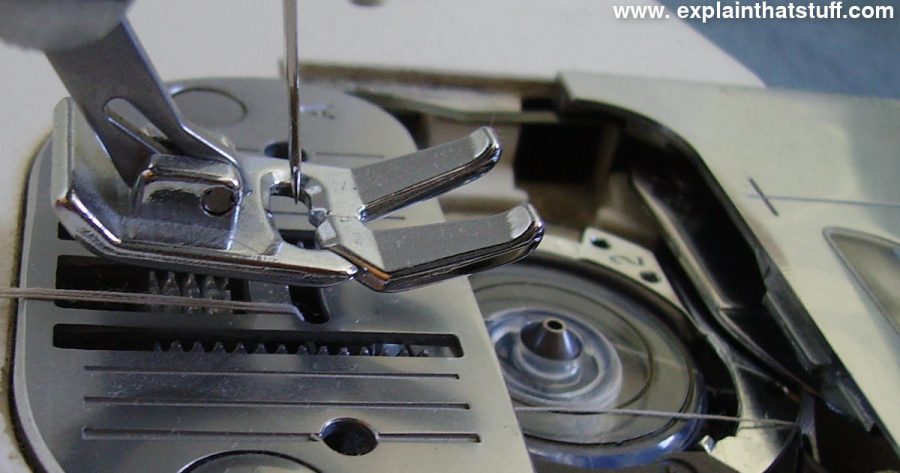
The invention of the sewing machine revolutionized the way we produce garments and other textile products. Understanding how this incredible invention works can deepen our appreciation for the craftsmanship behind the clothes we wear. Let’s dive into the fascinating mechanics of a sewing machine.
1. Stitch Formation
The basic mechanism of a sewing machine involves two threads, the top thread and the bottom thread, interlocking to create stitches. The top thread is threaded through the needle, while the bottom thread is wound around the bobbin.

2. Needle and Bobbin
The needle of a sewing machine not only helps guide the fabric but also carries the top thread through it. As the needle moves up and down, it passes through the fabric, creating a loop. The bobbin, located underneath the machine, holds the bottom thread and provides the second part of the stitch formation process.

3. Feed Dogs and Presser Foot
The feed dogs are small, jagged metal teeth that extend above the sewing plate. They move the fabric forward while you sew, ensuring a consistent stitch length. The presser foot, located above the feed dogs, holds the fabric in place and helps regulate its movement.

4. Tension Control
Proper tension control is vital for achieving balanced, high-quality stitches. The sewing machine features tension discs that apply tension to the top thread, controlling its flow. Adjusting the tension according to the fabric type and thread thickness is crucial to prevent loose or tight stitches.
5. Motor and Mechanical Components
Modern sewing machines are powered by electric motors that provide the necessary force to drive the needle and other mechanical components. The motor transfers the rotational energy to the needle and bobbin via a system of pulleys and gears. This power transmission allows for precise control over stitching speed.

6. Stitch Patterns
Sewing machines offer various stitch patterns, from basic straight stitches to complex decorative patterns. These patterns are achievable by adjusting the machine’s settings and utilizing different combinations of needle and feed dog movements.
7. Accessories and Attachments
Sewing machines come with a variety of accessories and attachments, such as different presser feet, zipper foot, buttonhole foot, and more. These accessories expand the machine’s capabilities and make it versatile for different sewing tasks.
Understanding how a sewing machine works enables us to unlock its full potential and enhances our creativity. Whether you are a professional seamstress or an enthusiastic hobbyist, the sewing machine paves the way for endless possibilities in the world of fashion and textile art.
